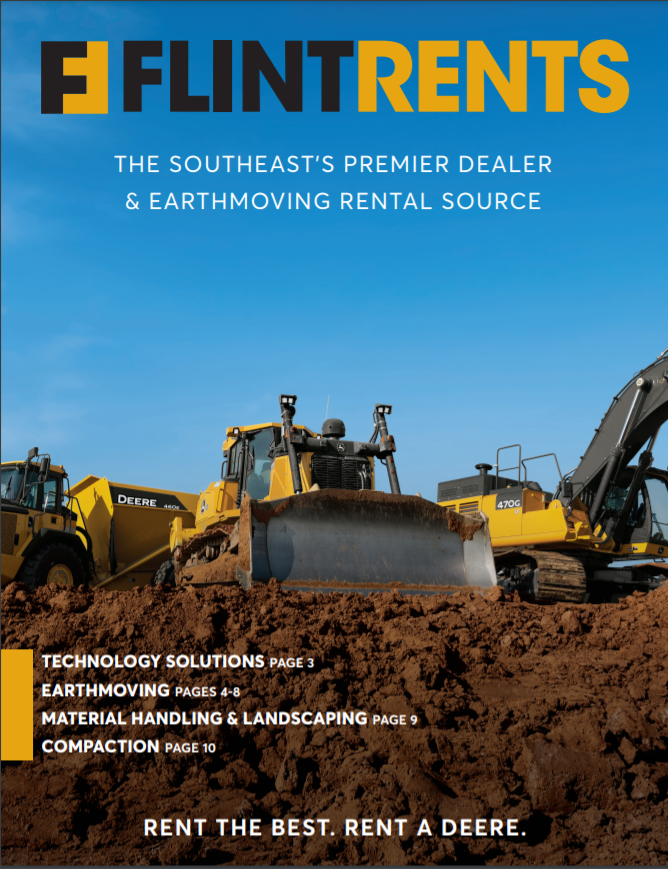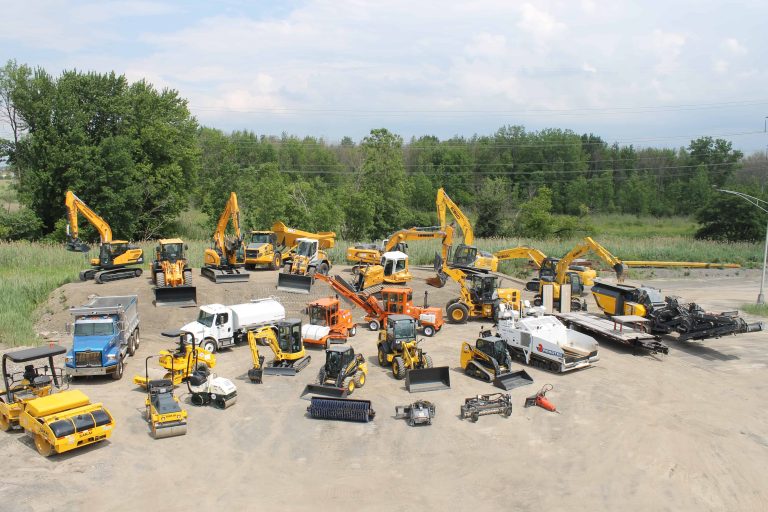Scissor Lift Rental: Safe and Effective Lifting Solutions
Scissor Lift Rental: Safe and Effective Lifting Solutions
Blog Article
Optimize Your Budget by Understanding the Prices Related To Construction Equipment Services
Comprehending the complete scope of prices associated with building and construction devices services is vital for optimizing your budget. What techniques can be used to successfully handle these costs and make certain a more reliable rental experience?
Summary of Rental Prices
When considering building devices services, understanding the associated prices is vital for reliable budgeting and task preparation. Rental costs can differ dramatically based on several elements, consisting of devices kind, duration of leasing, and location. The preliminary rental cost often shows the equipment's market demand and its linked operational capabilities, influencing the total cost.
In enhancement to the base rental price, ancillary prices might emerge, such as transport costs, gas additional charges, and upkeep fees. It is important to represent these additional costs to accurately assess the total expense of renting equipment. In addition, the rental duration can influence pricing; longer leasings may get approved for discounted prices, while temporary services may incur greater daily charges.

Break Down of Rental Prices
A thorough understanding of rental prices is crucial for service providers and project supervisors intending to maximize their budgets. Rental rates for building devices commonly contain numerous parts, including base rates, time-based fees, and use charges.
Base rates are the core charges related to the leasing of the equipment, often figured out by the type and dimension of the equipment. These rates can differ substantially, affected by variables such as devices demand, availability, and regional market patterns. Time-based charges, which may be daily, weekly, or monthly, offer to accommodate different task timelines and rental periods.
Furthermore, rental prices might include use charges, which are suitable when devices is used beyond a specified threshold, ensuring that the rental company can represent damage. Seasonal need fluctuations can also impact rental rates, with peak building periods typically commanding higher costs.
Additionally, comprehending the rental business's policies concerning maintenance and insurance can provide further insight right into the total cost structure. By evaluating these parts, professionals can make educated choices, making sure the choice of rental tools lines up with both project demands and spending plan restrictions.
Extra Charges to Think About
Recognizing the complexities of additional costs is important for contractors to manage their overall leasing expenditures effectively. Beyond the common rental rates, numerous auxiliary charges can considerably affect the total price of devices leasing. These costs frequently consist of distribution and pick-up charges, which can differ based upon range and logistics included in transporting the tools to and from the work site.
Additionally, some rental firms may enforce gas additional charges if the equipment is returned with much less gas than when rented out. It is likewise vital to understand possible cleaning fees, specifically for customized equipment that calls for extensive maintenance after usage.

Extensively evaluating the rental arrangement and clarifying these additional costs ahead of time can aid specialists avoid unexpected costs and guarantee that spending plans continue to be undamaged throughout the task lifecycle.
Upkeep and Repair Work Costs
Normal upkeep and repair work expenses are commonly ignored factors that can considerably affect the overall cost of building equipment rentals. When leasing devices, it is important to consider not just the rental costs however also the prospective costs related to keeping the equipment in optimum operating condition.
Many rental companies include basic maintenance as part of the rental agreement; nonetheless, extra considerable fixings or unforeseen failures can lead to additional costs. It's vital to review the rental contract thoroughly to recognize what upkeep solutions are covered and what responsibilities fall on the renter.
In addition, tools that is not well-maintained can cause inefficiencies on the task website, potentially increasing and causing delays project expenses. To mitigate these go to this site dangers, it is a good click to read more idea to carry out regular assessments and preserve open communication with the rental supplier pertaining to any kind of problems that occur throughout use.
Insurance Policy and Obligation Costs
Insurance policy and responsibility costs are essential parts that can significantly influence the total expenditure of construction devices services (forklift rental). These expenses make sure that both the rental business and the client are secured from prospective financial losses emerging from crashes, damages, or theft during the rental duration

Additionally, clients ought to know any type of deductibles or exemptions in the insurance coverage, as these can affect possible out-of-pocket expenditures. Comprehending the conditions of any type of insurance policy coverage is essential to stay clear of unforeseen costs. Eventually, budgeting for insurance policy and obligation costs can assist make sure a smoother rental experience and shield against financial risks associated with building projects.
Final Thought
In verdict, a detailed understanding of the expenses connected with construction equipment leasings is crucial for reliable budget monitoring. Inevitably, notified decision-making pertaining to equipment rentals contributes to the total success of construction undertakings.
Rental expenses can differ significantly based on a number of elements, including equipment type, period of leasing, and area (dozer rental). The rental period can influence prices; longer leasings might qualify for discounted rates, while temporary leasings may incur higher daily costs
By conducting complete research study and involving with reputable backhoe loader for rent rental firms, contractors can successfully browse the complexities of rental pricing, eventually maximizing their financial resources.
Beyond the common rental rates, numerous extra fees can significantly affect the overall cost of equipment service. Rental business commonly provide responsibility insurance coverage that covers injuries to third parties or damages to building, while tools damages insurance can cover the expense of repair work or substitute if the leased tools is harmed.
Report this page